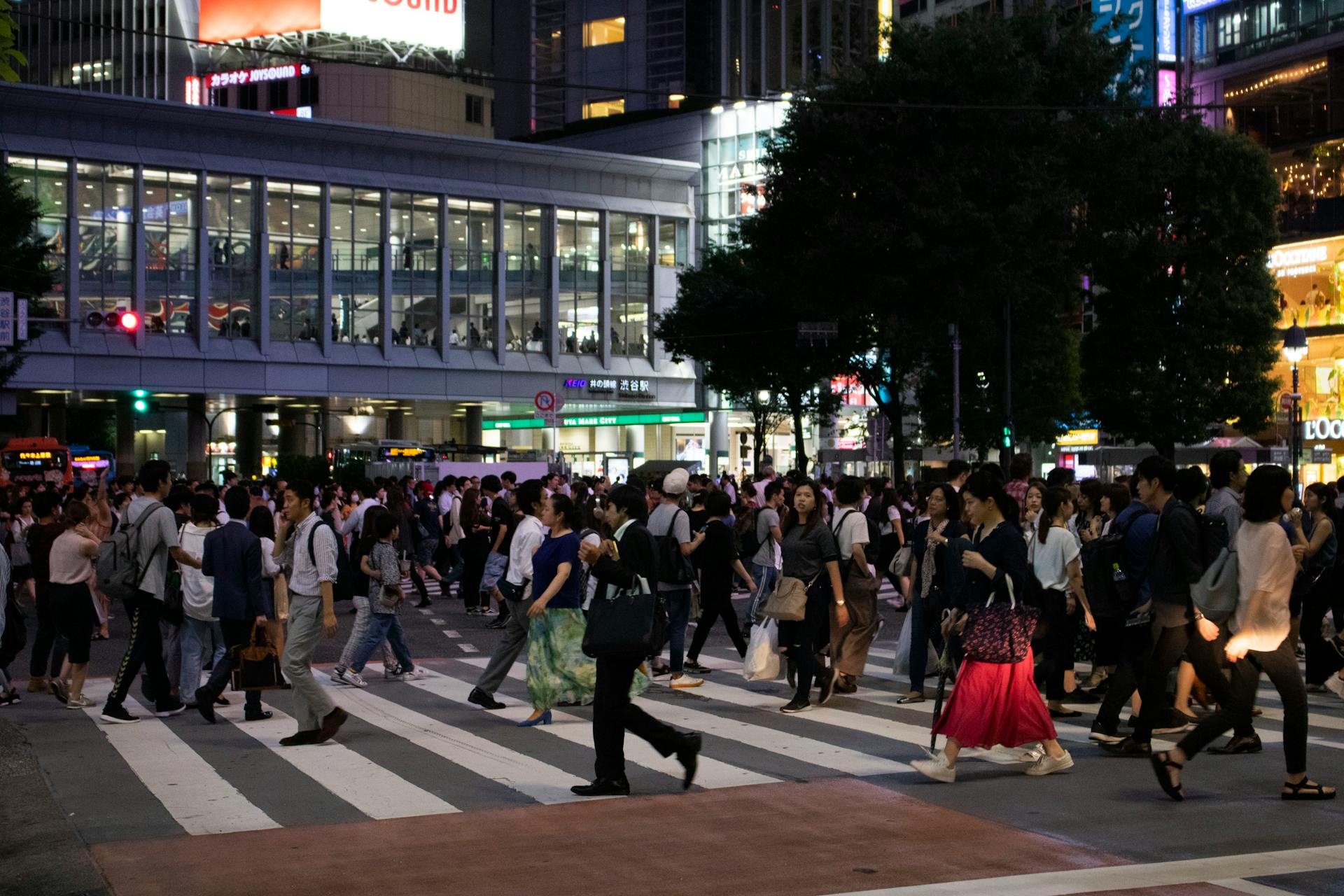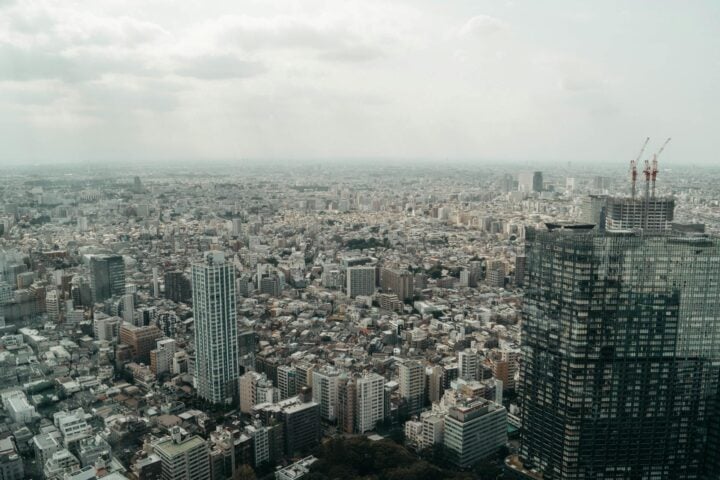In a groundbreaking effort to regulate foot traffic, Minato City officials have introduced Pedestrian Speed Limits, making it illegal to walk too fast in designated zones. Residents who exceed the speed threshold may face fines, or worse, mandatory “Slow-Walking Rehabilitation” programs.
The Need for Regulated Walking Speeds
Local authorities cite “excessive pedestrian velocity” as a major contributor to sidewalk chaos, claiming rapid walkers disrupt the natural flow of urban movement.
Minato City Traffic Control Director Takanori Mashima, referencing recent studies, explained the need for intervention:
“We analyzed foot traffic data from over 100 busy locations, and the results were alarming. Fast walkers cause ripple effects that disrupt the delicate balance of urban strolling. The problem isn’t just congestion, it’s psychological distress. Slow walkers feel pressured, rushed, and even bullied by aggressive overtaking.”
Studies show that:
- 85% of residents have been aggressively overtaken while walking at their natural pace.
- Escalator fights have doubled due to speed-related disputes.
- Public stress levels rise by 40% when forced to walk alongside “high-velocity pedestrians.”
New Regulations: How Fast is Too Fast?
Under the new Pedestrian Speed Code, city streets will have strict walking zones, including:
- Standard Sidewalk Pace (1.5 km/h limit) – Casual walkers only, no power strides.
- Fast-Walker Lanes (3 km/h max) – Reserved for business professionals and chronically late individuals.
- Speed Offender Penalty Zones – Anyone exceeding 4 km/h risks an immediate fine and public shaming.
Officials have deployed enforcement officers, equipped with radar guns calibrated for human stride speed, to monitor compliance.
Citizens React to the Movement Crackdown
Many residents have expressed confusion and frustration, with some arguing that walking speed is a personal right.
Office worker Kana Matsuda, a known fast-walker, shared her outrage. “I walk quickly because I have places to be. This policy punishes efficiency. Why should I slow down just to satisfy leisurely strollers?”
Meanwhile, slow-walkers applaud the initiative, arguing that aggressive fast-walkers have terrorized sidewalks for too long. “Finally, justice!” said retired resident Satoshi Teramoto, 72. “I’ve been bumped into one too many times by rushed commuters. Slow-walking is a lifestyle, and now it’s protected by law.”
Retail analysts have also reported a surge in walking-related product sales, with:
- “Slow-Walk Approved” sneakers flying off the shelves.
- Heavy-duty ankle weights marketed as “speed-control accessories.”
- City-issued walking timers to prevent accidental violations.
Shoemakers are capitalizing on the regulation, promoting “officially certified pedestrian footwear”, ensuring wearers comply with the new laws effortlessly.
Minato City Denies Concerns Over “Foot Traffic Suppression”
Despite heated debates, Minato City officials remain firm in their decision, dismissing claims that “walking regulation overreach” will harm urban efficiency.
“Cities thrive on order,” stated Minato City Mayor Naoko Sawada. “Without pedestrian control, society crumbles into chaos. Structured sidewalk movement is essential for civilization.”
Underground “Speedwalker Resistance” Emerges
Despite strict enforcement, rebellious commuters have formed underground sidewalk resistance movements, engaging in covert fast-walking sessions in unmonitored alleyways.
According to reports and sources we have obtained in confidence:
- Secret speed tunnels have been mapped for fast walkers to bypass regulated zones.
- Disguised training centers operate under the guise of casual yoga clubs, teaching citizens how to outmaneuver radar-gun-equipped enforcers.
- Advanced techniques include “Silent Sprinting” and “Micro-Jogging,” allowing pedestrians to evade detection while maintaining high speeds.
Government officials warn that anyone caught violating speed limits in resistance-controlled zones may face mandatory treadmill sessions at deliberately slow settings as punishment.




